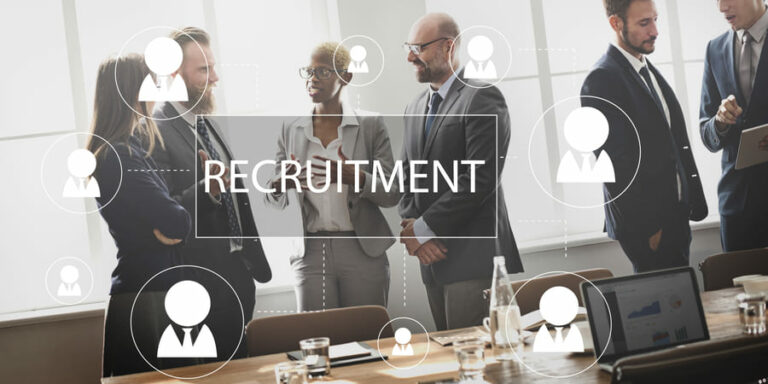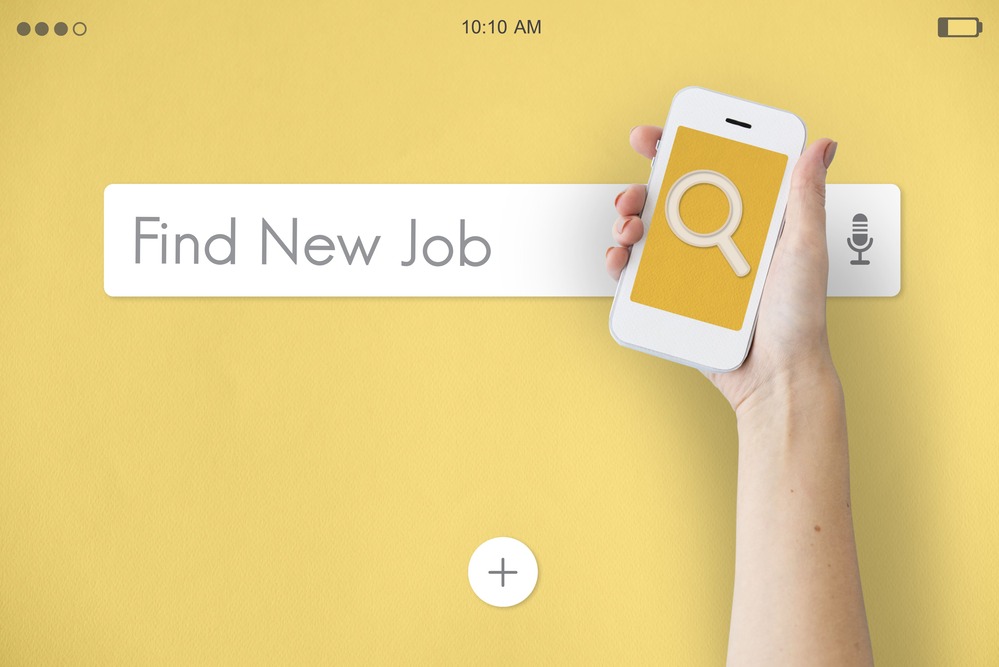In today’s digital era, businesses are increasingly embracing paperless processes to streamline their operations and enhance efficiency. One area where paperless methods have proven to be particularly valuable is in the onboarding and recruitment process. In this blog post, we will explore the numerous benefits and advantages of adopting paperless techniques for onboarding and recruitment and how they contribute to creating a seamless and effective experience for both employers and employees.

What is paperless onboarding?
Paperless onboarding, also known as digital or electronic onboarding, refers to streamlining and digitizing the employee onboarding experience. Traditionally, onboarding involves numerous paper documents, such as employment contracts, tax forms, benefits paperwork, and other required documents. Paperless onboarding eliminates the need for physical paperwork by leveraging digital tools and technologies.
In a paperless onboarding process, all the necessary forms and documents are provided and completed electronically. This can include electronic signatures, online forms, document uploads, and digital workflows. The entire onboarding process can be managed through centralized employee onboarding software.
Efficiency. Engagement. Success!
Benefits of paperless onboarding
1. Enhanced efficiency and time saving
Traditional paper-based onboarding and recruitment processes are often time-consuming and prone to errors. By going paperless, businesses can significantly enhance their efficiency and save valuable time.
Digital onboarding platforms allow employers to automate and streamline various tasks, such as collecting and processing candidate information, completing necessary forms, and conducting background checks. Electronic signatures also eliminate the need for printing, scanning, and mailing documents, reducing turnaround time and accelerating the entire process.
2. Cost reduction and sustainability
Adopting paperless onboarding and recruitment processes not only saves time but also helps businesses cut costs and contribute to a more sustainable environment. The expenses of printing, storing, and distributing physical documents can be significantly reduced by transitioning to digital platforms.
Additionally, electronic communication and document management systems reduce reliance on paper, minimizing the environmental impact and promoting sustainability.
3. Improved candidate experience
A seamless and efficient onboarding and recruitment process is crucial for attracting top talent and providing a positive candidate experience. By embracing paperless methods, employers can create a streamlined process that is convenient and user-friendly for candidates.
Digital platforms allow candidates to complete forms and provide necessary information online, reducing the need for physical visits or manual paperwork. Furthermore, automated email notifications and status updates inform candidates about their application progress, enhancing transparency and communication.
4. Data security and compliance
Maintaining the security and privacy of sensitive candidate information is a top priority for businesses. Paperless onboarding and recruitment processes offer enhanced data security measures compared to their paper-based counterparts. Digital platforms provide secure storage, access controls, and encryption protocols to protect candidate data from unauthorized access or breaches.
Moreover, compliance with data protection regulations, such as the General Data Protection Regulation (GDPR), becomes more manageable with electronic systems that ensure data retention and privacy requirements are met.
What is the paperless recruitment process?
Recruitment is a critical function for organizations seeking to attract and select the most qualified candidates for their job openings. However, the conventional recruitment process involving physical paperwork, manual data entry, and storage has become outdated in the digital age. The paperless recruitment process leverages technology to automate and digitize various stages, from job posting to candidate onboarding.
A paperless recruitment process refers to the use of digital technology and automation to streamline and manage the hiring and selection of candidates, eliminating or minimizing the need for physical paperwork. It replaces traditional paper-based documents and manual processes with recruitment management software to facilitate the entire recruitment lifecycle.
Recruit with Confidence!
Benefits of a paperless recruitment process

1. Job posting and application
Job vacancies are posted online through various channels such as company websites, job boards, and social media platforms. Candidates can submit their applications electronically, typically by filling out online application forms or uploading their resumes and cover letters.
2. Applicant tracking system (ATS)
An ATS software helps organizations manage and streamline their recruitment process. It allows recruiters to track, sort, and manage applicant data electronically. The system can automatically parse resumes, extract relevant information, and store it in a searchable database, making it easier to screen and shortlist candidates.
3. Online assessments and interviews
Instead of conducting in-person assessments and interviews, paperless recruitment processes often involve online assessments and video interviews. Candidates may be required to complete online tests, assessments, or questionnaires through secure platforms. Video interviews can be conducted using video conferencing tools, allowing recruiters to evaluate candidates remotely.
4. Collaborative hiring
Digital collaboration tools and cloud-based platforms enable recruiters and hiring managers to collaborate and share real-time feedback. They can review candidate profiles, exchange comments, and rate applicants within the system, eliminating the need for physical documents or manual coordination.
5. Electronic document management
All recruitment-related documents, such as resumes, cover letters, and reference letters, are stored and managed electronically. This includes using cloud storage, candidate management software, or applicant tracking systems to store and access candidate information securely.
6. Digital Onboarding
Once candidates are selected, the onboarding process can be conducted digitally. Electronic forms and online portals are used to collect necessary information, complete employment contracts, and provide new hires with company policies and training materials. This helps streamline the onboarding process and reduces paperwork.
In conclusion
The benefits of a paperless recruitment process include the following:
- Increased efficiency.
- Reduced costs.
- Improved candidate experience.
- More accessible data management and analysis.
- A more environmentally friendly approach by reducing paper waste.







